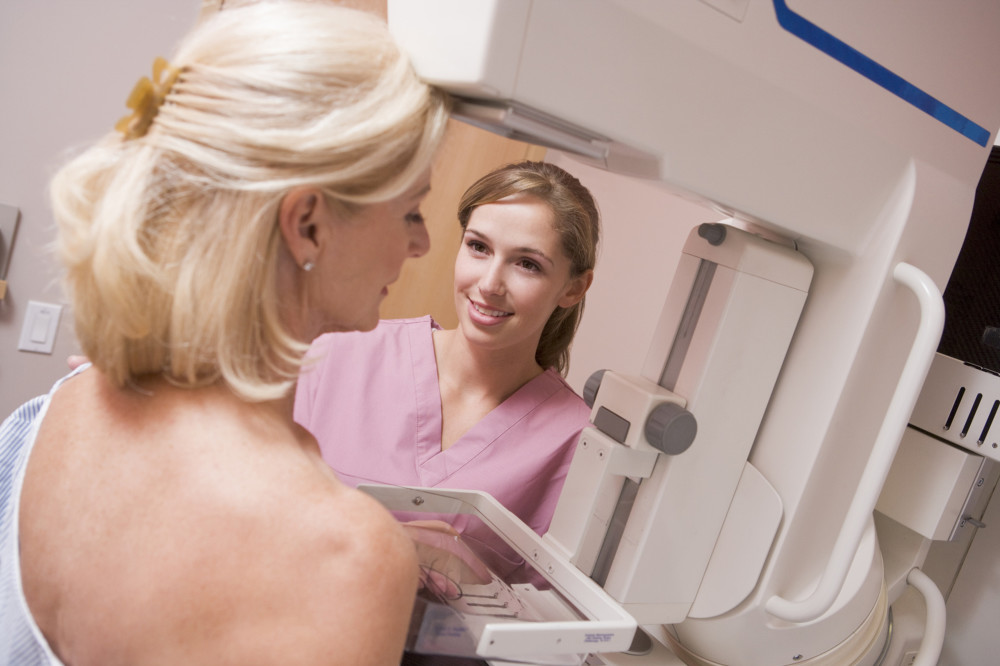By Jonel Aleccia
The Seattle Times.
The American Cancer Society aimed for clarity with revised breast screening guidelines released last week, but Seattle-area doctors and patient advocates worry that most women will still be confused about their care.
Women at average risk of breast cancer should start getting mammograms at age 45, and get them annually until age 55, when they should be screened every other year, the new guidelines say. Plus, women can skip routine breast checks.
That’s a change from the 2003 ACS advice, which recommended mammograms every year starting at age 40, plus regular manual exams by doctors.
And it’s closer to, but still different from, the U.S. Preventive Services Task Force (USPSTF) recommendations that say most women can wait until age 50 to start getting mammograms and then get them every other year.
The result? Many women still won’t know what to do, said Dr. Joann G. Elmore, a University of Washington professor of medicine and epidemiology who studies breast screening.
“I think the practical effect might be confusion,” Elmore said. “Women may be frustrated by the variability of these back-and-forth guidelines.”
Questions about when and how often women should get mammograms have been a hot debate for years, including the USPSTF guidelines used as a basis for government health-insurance programs.
The new guidance likely won’t help, said Teri Pollastro, 55, a patient advocate with Seattle’s Fred Hutchinson Cancer Research Center who has been living with Stage 4 metastatic breast cancer for years.
“I think it’s going to be more confusing, personally,” Pollastro said. “My hope for these guidelines is that they will spur a conversation between their primary care doctor and the patient about what is the right age for me: Is it 40 or 45?”
Prompting such conversations is the point of the new guidelines, which were based on a rigorous, systematic review of evidence published Tuesday in JAMA.
A panel of researchers spent more than two years reviewing all available data about breast cancer screening, said Ruth Etzioni, a Fred Hutch biostatistician who helped draft the recommendations.
The study showed that regular screening exams in women aged 40 to 69 reduced the number of breast cancer deaths. The recommendations aimed to balance the known benefits of mammogram screening with potential risks and harms, including problems with over-diagnosis and overtreatment, Etzioni said.
“They’re saying you don’t all have to run for mammograms at age 40,'” Etzioni said. “It’s giving women more flexibility. In a way, it’s saying, ‘Don’t panic.'”
About 230,000 women in the U.S. are diagnosed with breast cancer each year, and more than 40,000 die, according to the ACS. Deaths from breast cancer have declined steadily since about 1990, thanks to better detection and treatment, the study authors said.
But defining when and how to screen women based on trustworthy science has been difficult, Etzioni said. The new guidelines attempt to reconcile what is known with what is not, she added.
“It’s really a new understanding of the limits of the evidence,” she said.
For example, the evidence showed little benefit from clinical breast examinations, the annual manual exams in which doctors or other health providers feel a woman’s breasts to detect palpable lumps or other problems.
But the recommendation that women at average risk skip such exams is bound to be controversial, said Dr. Benjamin O. Anderson, a University of Washington professor of surgery who directs the Breast Health Clinic at the Seattle Cancer Care Alliance.
“I am actually disappointed in that,” said Anderson, who is also a Komen Scholar with Susan G. Komen, the national cancer advocacy group. “The issue with clinical breast exam is that it has not been studied in the same way.”
He said he hoped doctors would continue the exams.
And a Seattle patient advocate who works with poor and minority women says she worries that the new guidelines still don’t adequately reflect the people she sees.
“Research does not include the underserved population,” said Bridgette Hempstead, chief executive of Cierra Sisters, a breast cancer support group for black women. “We will let them know about the new national guidelines. But we will say, ˜Now you need to have a very firm conversation with your provider.'”
It’s not clear what effect, if any, the new ACS guidelines will have on insurance coverage of mammograms, Etzioni said. In the U.S., the Affordable Care Act and some state laws require most private health plans, Medicaid and Medicare to cover breast cancer screening.
An editorial accompanying the JAMA report by Dr. Nancy L. Keating of Harvard Medical School and Dr. Lydia Pace of Brigham and Women’s Hospital in Boston emphasized that women need to become informed consumers who weigh the risks and benefits of screening in consultation with their health providers.
“It is important to remember and emphasize with average-risk women older than 40 years that there is no single right answer to the question: ‘Should I have a mammogram?'”
NEW GUIDELINES FROM AMERICAN CANCER SOCIETY
-Women should undergo regular mammography starting at age 45.
-Women 45 to 54 years old should be screened annually.
-Women 55 years and older should transition to screening every other year, or have the opportunity to continue screening annually.
-Women should have the opportunity to begin annual screening between the ages of 40 and 44.
-Women should continue screening mammography as long as their overall health is good and they have a life expectancy of 10 years or longer.
-Clinical breast examination is not recommended for breast cancer screening among average-risk women at any age.














































































































































































































































































































































































